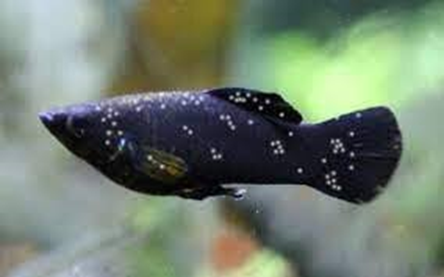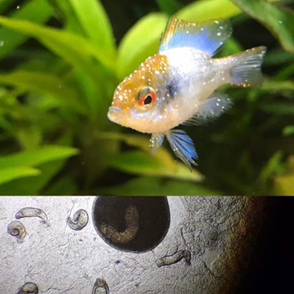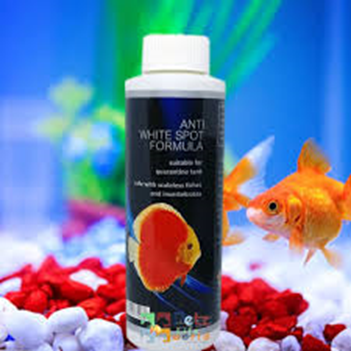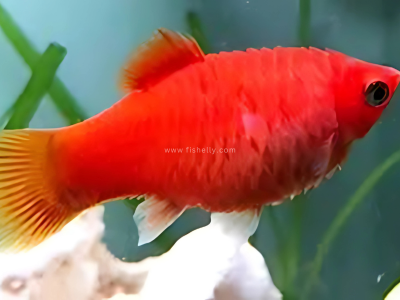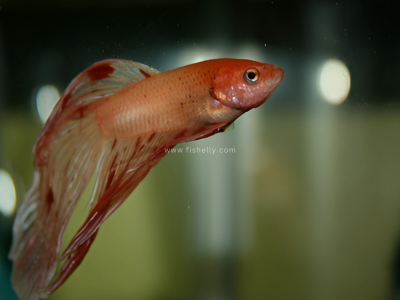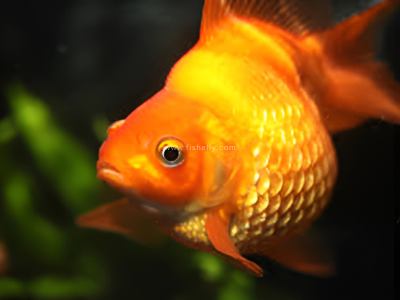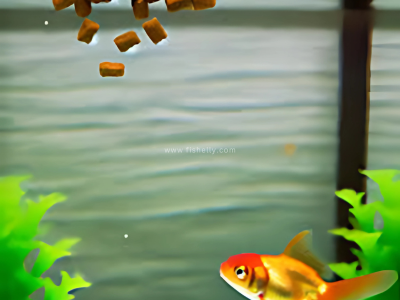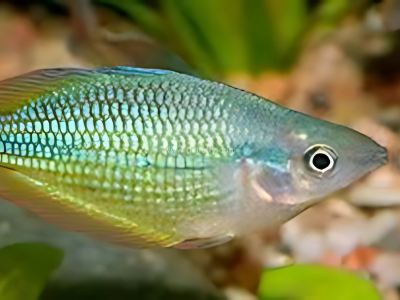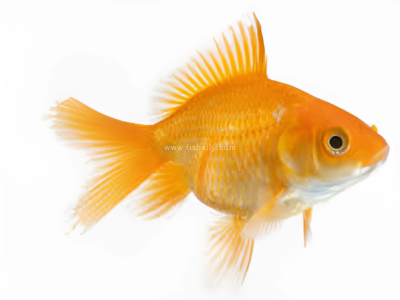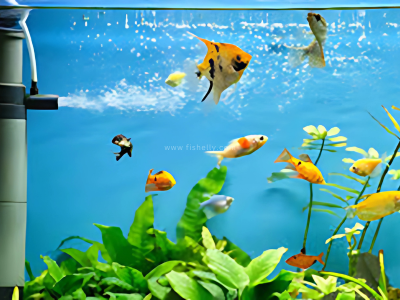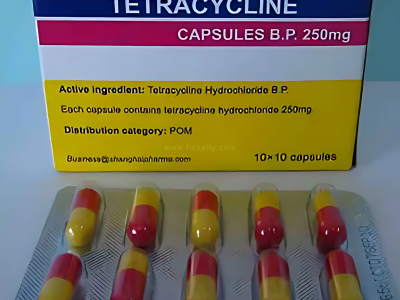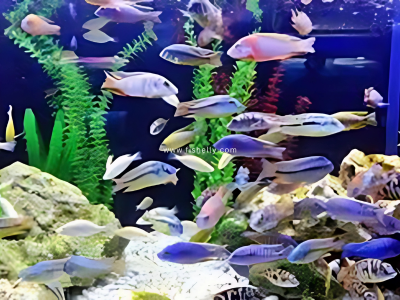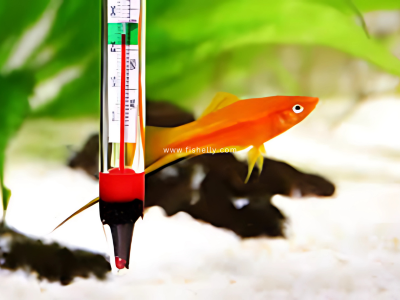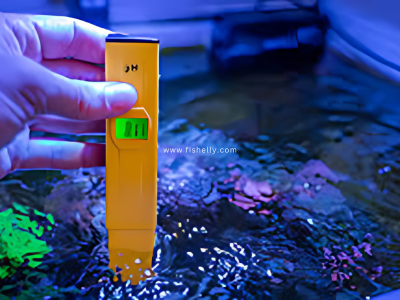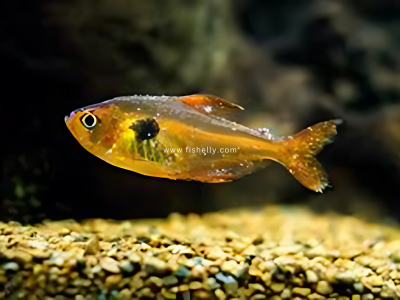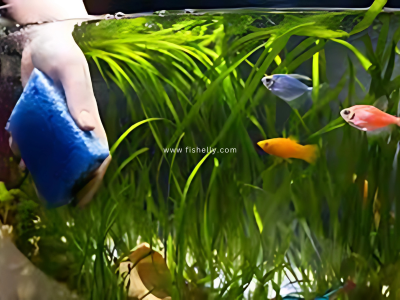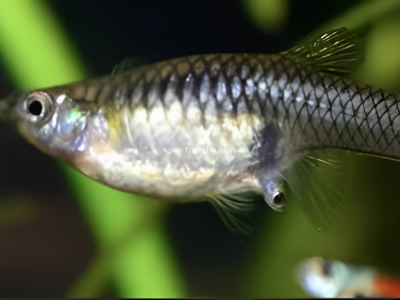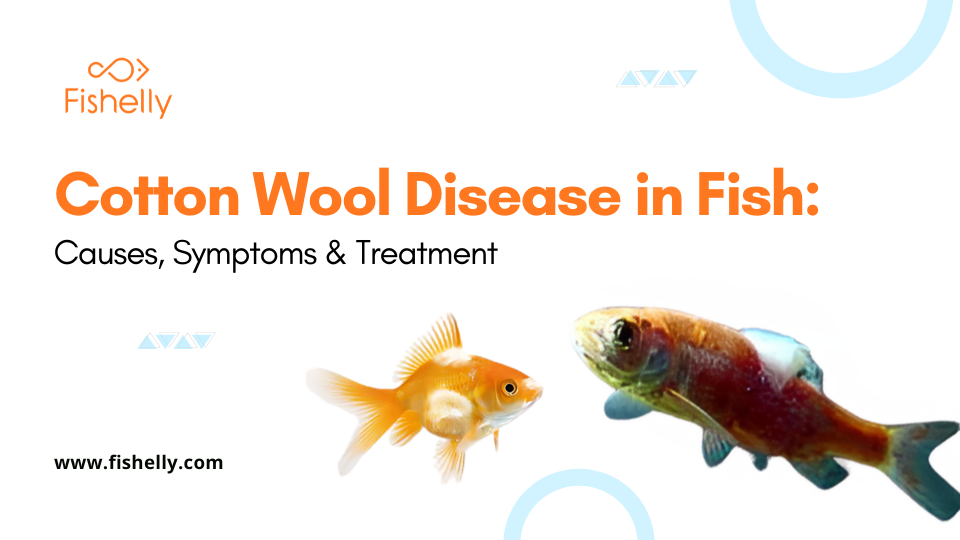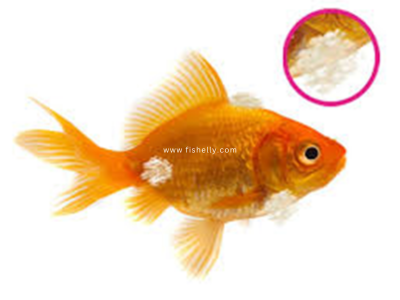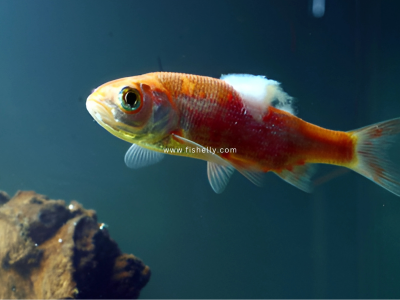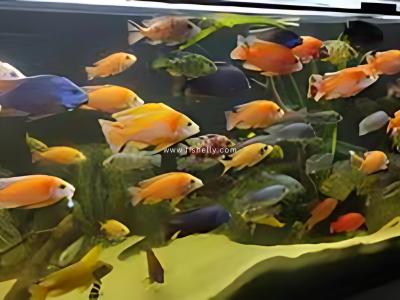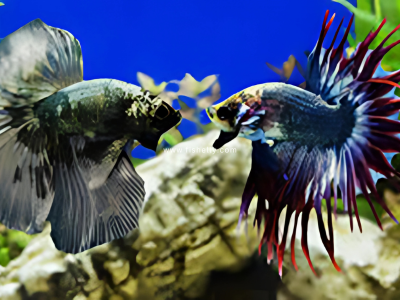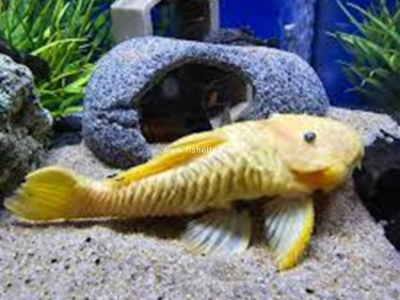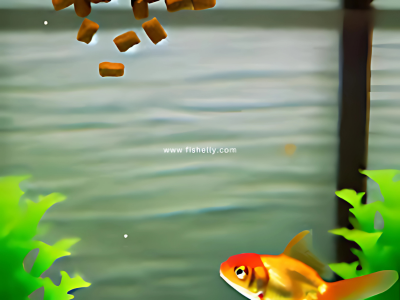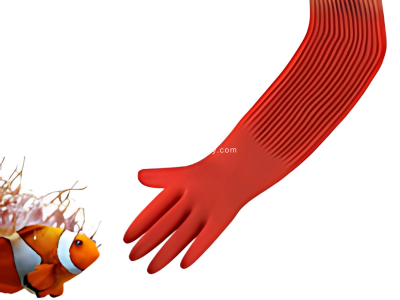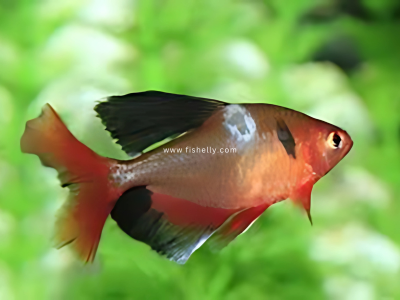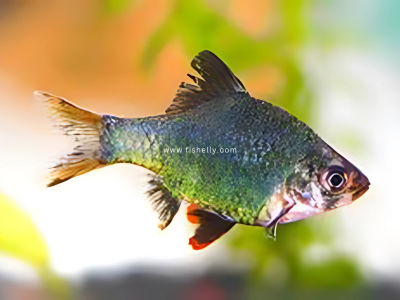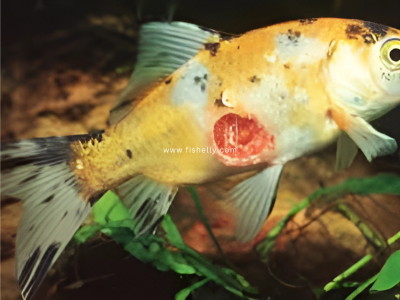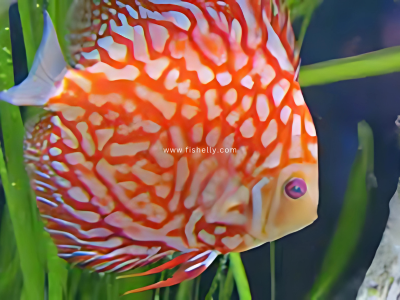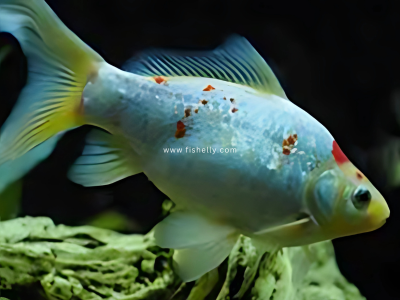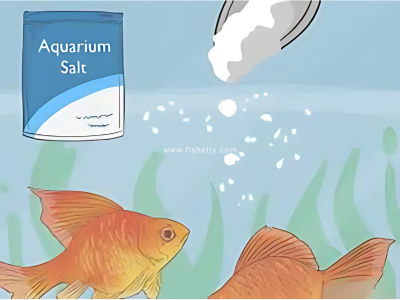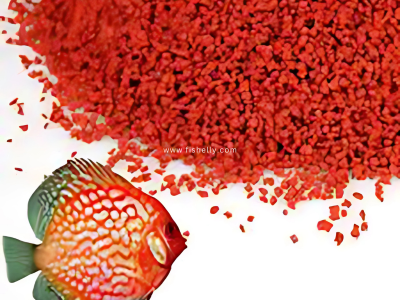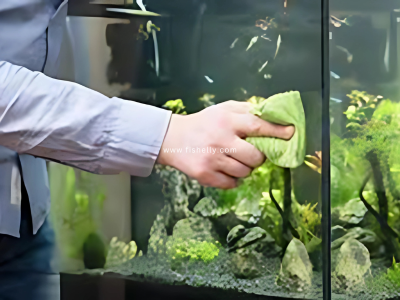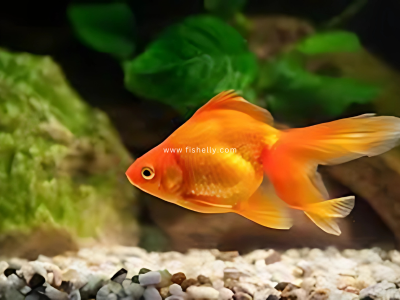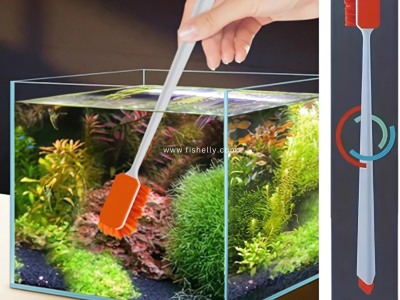Discover fish tuberculosis (fish TB), a bacterial disease caused by Mycobacterium. Learn its symptoms, prevention tips, and treatment to keep fish healthy.
Table of Contents
- What is Fish Tuberculosis?
- Does My Fish Have Tuberculosis?
- Can Tuberculosis Affect Humans?
- What is the Cause of Fish Tuberculosis?
- Symptoms of Fish Tuberculosis
- Preventing Fish Tuberculosis
- How to Cure Fish Tuberculosis
- Is Tuberculosis Always Present in Aquariums?
- Faq
- Conclusion
Fish tuberculosis (fish TB) is a disease caused by some species of Mycobacterium, a genus of bacteria, that infects fish. It is a chronic, slowly progressive disease that, if left untreated, can cause significant health problems in fish populations. Let's look into the facts of fish TB: its causes, symptoms, prevention, and treatment, and address some of the common questions about the disease.
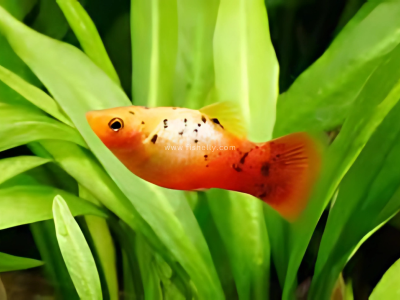
What is Fish Tuberculosis?
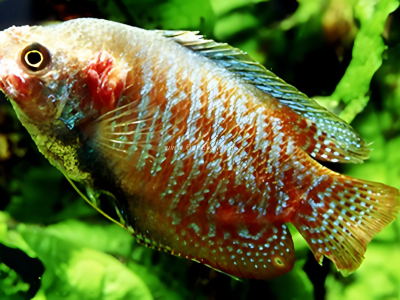
Fish tuberculosis, scientifically known as mycobacteriosis, is caused by bacteria from the Mycobacterium genus, primarily Mycobacterium marinum. These bacteria thrive in aquatic environments and can infect a wide range of fish species. Fish TB is not a viral disease; it is a bacterial infection that can lead to chronic illness, organ failure, and ultimately, death in infected fish. Unlike many bacterial infections, fish TB does not spread rapidly, but it can persist in aquariums for years, making it a challenging disease to manage.
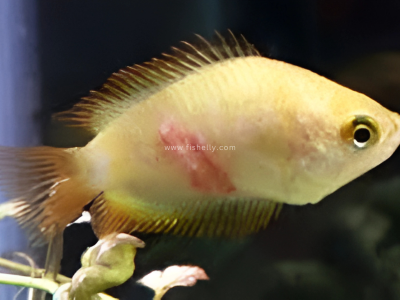
Does My Fish Have Tuberculosis?
Determining whether your fish has TB requires careful observation. While a definitive diagnosis can only be made through laboratory tests, certain symptoms can indicate the presence of the disease:
• Physical symptoms: Weight loss, skin ulcers, abnormal swelling, bent spine, or discoloration.
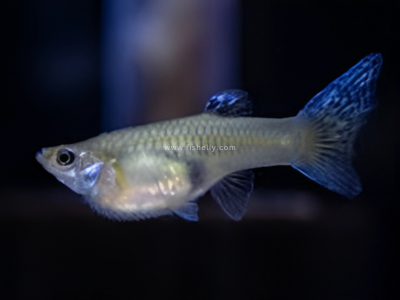
• Behavioral changes: Lethargy, loss of appetite, or unusual swimming patterns.

• Chronic nature: Fish TB often causes gradual decline, unlike acute diseases that show sudden symptoms.
If you suspect your fish has TB, isolate the fish immediately and consult an aquatic veterinarian for confirmation.
Can Tuberculosis Affect Humans?
Yes, it can be transferred from fish to man, although such cases are less common. Fish tank granuloma is another name for the disease caused by an infection of Mycobacterium marinum penetrating a human's cut or abrasion on the skin. This leads to granulomas that are local areas of lesions of the skin. It is not serious but sometimes requires long antibiotic courses. Prevent such infections by putting on gloves every time you need to handle any aquarium equipment or fish in case you have open wounds.
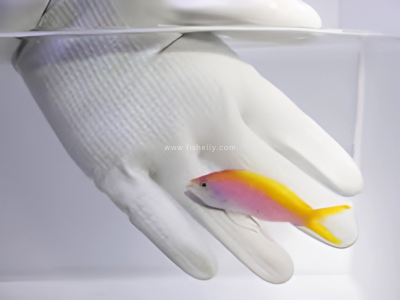
What is the Cause of Fish Tuberculosis?
Fish TB is caused by bacteria belonging to the Mycobacterium genus, especially Mycobacterium marinum, Mycobacterium fortuitum, and Mycobacterium chelonae. These bacteria are generally found in aquatic environments and can enter aquariums through:
• Infected fish or plants.
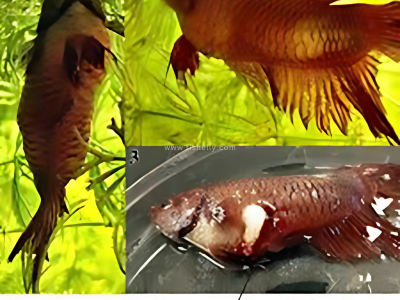
• Contaminated water or equipment.
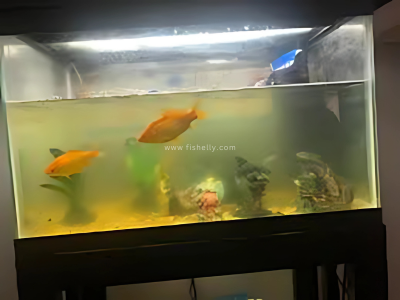
• Poor water quality or overcrowding.
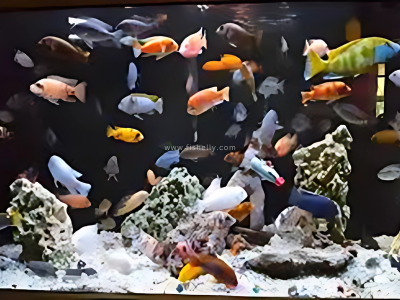
The disease is more likely to manifest in aquariums with poor maintenance or stressed fish, as stress weakens the immune system and makes fish more susceptible to infections.
Symptoms of Fish Tuberculosis
Fish TB presents a range of symptoms, which can vary depending on the species and severity of the infection:
1. Physical Symptoms
Weight Loss: Despite continuing to eat normally, affected fish may lose weight gradually.

Skin Ulcers or Open Sores: These may appear as raw, exposed patches on the skin.

Curved or Deformed Spine: Skeletal abnormalities like a bent spine are common as the disease progresses.
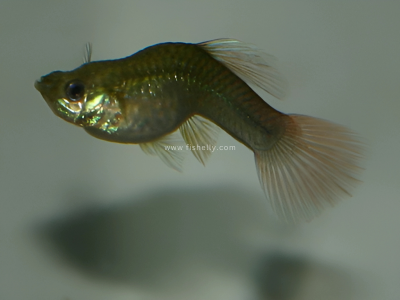
Pale or Discolored Skin: Patchy or uneven skin coloration may indicate underlying issues.
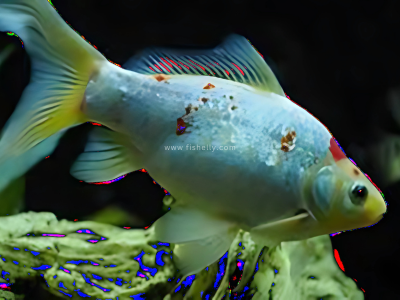
Bulging Eyes (Exophthalmos): Eyes may protrude abnormally, often as a result of internal infection.

2. Behavioral Symptoms
Lethargy: Reduced activity levels or prolonged periods of inactivity.
Erratic Swimming: Difficulty maintaining balance or unusual swimming patterns.

Loss of Appetite: Fish may stop eating or spit out food after attempting to eat.
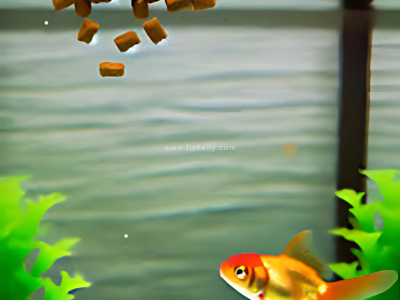
3. Internal Symptoms (visible upon autopsy)
larged or Discolored Organs: Organs like the liver or kidneys may appear swollen or abnormal in color.
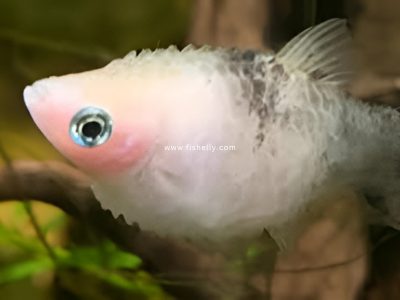
Granulomas: Small nodules or lesions often form in internal organs, particularly the liver, kidneys, or other tissues, as a hallmark of the disease.

If your fish are showing these signs, quarantine them right away and take them to a veterinarian for diagnosis.
Preventing Fish Tuberculosis
Preventing fish TB is a matter of good aquarium hygiene and proactive care:
1. Quarantine New Additions: Always quarantine new fish, plants, or decorations for at least 2–4 weeks before introducing them to the main tank.
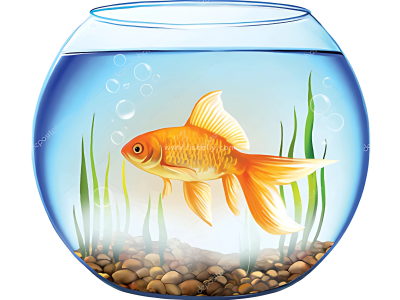
2. Good Water Quality: Testing and maintaining optimal water parameters will be stressful to fish and reduce their immunity.
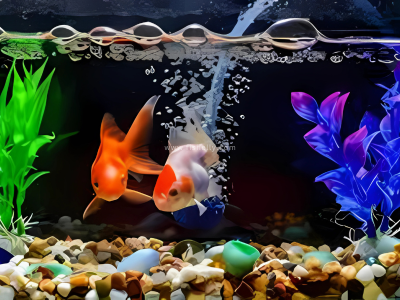
3. Don't Overcrowd: Overcrowding causes stress and diseases.
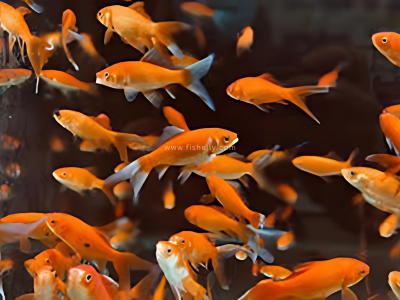
4. Good Diet: Provide a balanced diet for the enhancement of fish immunity.
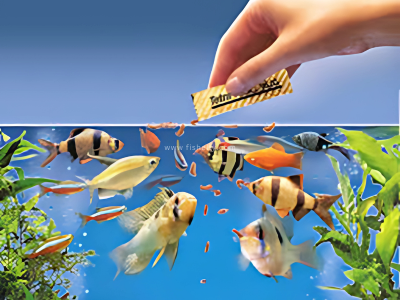
5. Clean and Disinfect Equipment: Regular cleaning and disinfection of aquarium equipment prevent bacterial growth.
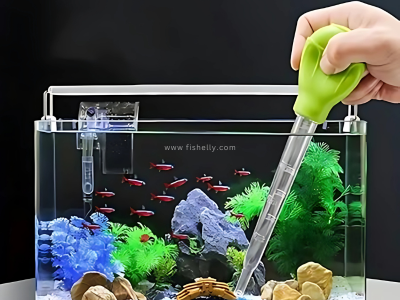
How to Cure Fish Tuberculosis
Step 1: Isolate the Infected Fish
Why: Prevent the spread of the disease.
How: Place the infected fish in a separate quarantine tank with similar water conditions.
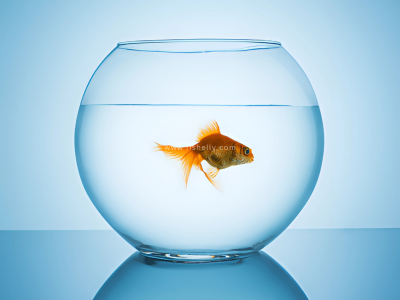
Step 2: Administer Antibiotics
Why: Treat the Mycobacterium infection.
How: Use prescribed antibiotics for 4-6 weeks. Common medications include:
• Tetracycline

• Rifampin

• Isoniazid
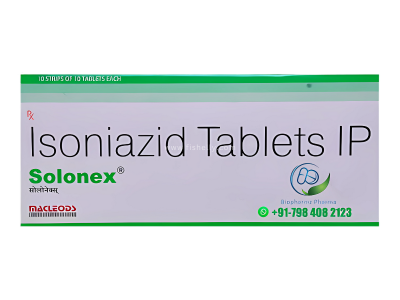
• Ethambutol
These can be administered through medicated food or water treatments.
Step 3: Improve Water Quality
Why: Reduce stress and support immune function.
How: Change water regularly, test water parameters, and filter and aerate adequately.

Step 4: Tank Disinfection
Why: Avoid reinfection and kill bacteria
How: Scrub the tank, ornaments, and accessories completely with a bleach solution and then rinse in dechlorinated water.

Step 5: Euthanasia (if it is a worst-case scenario)
Why: Prevent further suffering if the case has reached its last stages.
How: Use humane methods such as clove oil sedation (10 drops per liter of water) to sedate the fish, followed by an overdose for euthanasia.
Is Tuberculosis Always Present in Aquariums?
Bacteria are not normally present in fish tuberculosis within aquariums. They are a natural occurrence, though, within most aquatic settings. Healthy, well-maintained aquariums have less likelihood of harboring the bacteria. Infected fish or materials may quickly introduce these bacteria into a system.
Additional Points to Consider
1. Resistant Species: Some species of fish are more resistant to TB, while others are highly susceptible. Know the species you keep and the risk level of each.
2 Environmental stress: Sudden temperature changes, poor filtration, and aggressive tank mates can increase the spread of TB.
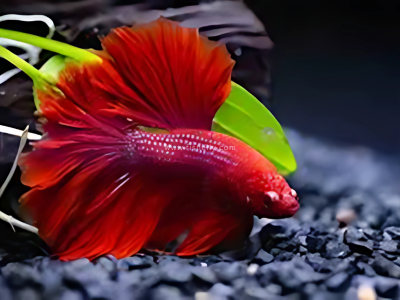
3. Early detection: Regular observation of your fish can help in early detection, thereby increasing the chances of successful treatment.
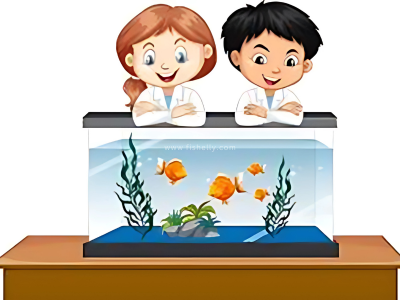
Faq
1. What is fish TB?
A bacterial disease caused by Mycobacterium species, leading to chronic illness in fish.
2. How do I know if my fish has TB?
Look for weight loss, skin ulcers, bent spine, lethargy, and loss of appetite.
3. Can fish TB infect humans?
Yes, it can cause fish tank granuloma through cuts or wounds.
4. What causes fish TB?
Bacteria from infected fish, plants, water, or equipment, often worsened by poor tank conditions.
5. Can fish TB be treated?
Yes, with antibiotics prescribed by a vet. Severe cases may require euthanasia.
6. How can I prevent fish TB?
Quarantine new fish, maintain water quality, avoid overcrowding, and clean equipment regularly.
7. Is fish TB always present in aquariums?
Bacteria are common in aquatic environments but thrive in poorly maintained tanks.
8. Are all fish species at risk?
Some species are more resistant, while others are highly susceptible.
9. What should I do if my tank has TB-infected fish?
Isolate infected fish and disinfect the tank thoroughly.
10. Can fish recover from TB?
Recovery is rare; early treatment may help manage symptoms.
11. Does fish TB spread quickly?
No, it spreads slowly but can persist in tanks for years.
12. Are there internal signs of fish TB?
Granulomas and enlarged organs are visible during autopsy.
13. What increases the risk of fish TB?
Stress from poor water quality, sudden temperature changes, or overcrowding.
14. Should I quarantine new fish?
Yes, quarantine all new additions for 2–4 weeks.
15. How can I protect myself while handling fish?
Wear gloves and avoid contact with cuts or wounds.
Conclusion
Fish tuberculosis is a serious bacterial disease that necessitates careful attention in diagnosis, prevention, and treatment. Taking care of aquarium conditions and doing proper quarantine steps will keep your fishes safe. Quickly isolate infected fishes if you have suspicions of having fish TB and seek the counsel of a veterinarian. Being proactive will ensure a lively and disease-free aquarium.
Read more
